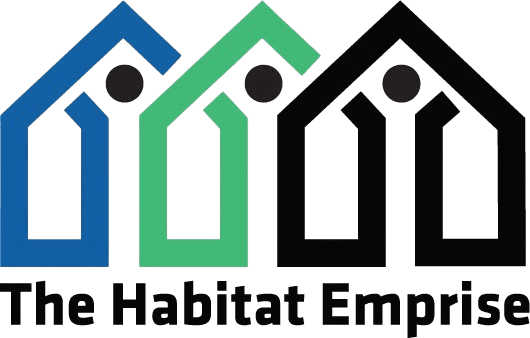At The Habitat Emprise, we believe that effective governance is crucial in shaping sustainable infrastructure. Governance ensures that every project meets international standards while also prioritizing the needs of local communities. Our approach integrates both environmental responsibility and social equity, creating infrastructure that benefits both people and the planet.
Governance as a Guiding Principle
Our UN Habitat Bangladesh project exemplifies how governance can drive sustainability. We align with the UN’s Sustainable Development Goals (SDGs), focusing on:
- Climate Action (SDG 13): Implementing renewable energy and carbon-reducing solutions.
- Sustainable Cities (SDG 11): Designing urban spaces that are resource-efficient and resilient to climate change.
By working closely with NGOs and local governments, we’ve created affordable housing that benefits low-income families while minimizing environmental impact.
Policies That Drive Innovation
We advocate for policies that support sustainability at every level:
- Green Building Certifications: We incorporate frameworks like LEED and IGBC to ensure energy-efficient, eco-friendly buildings.
- Urban Forest Programs: In some projects, we’ve increased green cover by 30%, reducing heat island effects and improving air quality.
- Waste Segregation: Implementing zero-waste practices and waste segregation to reduce landfill waste and promote recycling.
These policies ensure that our infrastructure is both environmentally sustainable and socially equitable.
Conclusion
At The Habitat Emprise, we believe governance is key to creating sustainable infrastructure that meets both global and local needs. Through effective policies and a commitment to green practices, we are building projects that benefit communities and contribute to a more sustainable future. By aligning with global sustainability goals, we continue to lead the evolution of eco-infrastructure.
